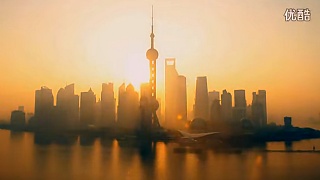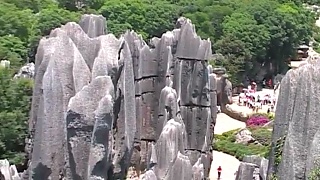With professor Ken Hammond ...
[640],shadow=true,start=,stop=Bonus film ...
Live more ...
 What lies ahead for US – China relations ?
What lies ahead for US – China relations ?With professor Ken Hammond ...
[640],shadow=true,start=,stop=Bonus film ...

|
Capital of HuNan province.
With Walk East ...
1:26 Changsha Lieshi Park
54:20 Downtown Night Walk
1:36:06 Orange Island Park Night Walk
|

|
Live more !
|

|
Dr Rangan Chatterjee talks with Jay Shetty ...
|

|
Jeffrey Sachs, Scott Ritter, Brian Berletic and Angelo Giuliano on Ukraine, XinJiang, Tibet and more
Bonus films on geopolitics with The New Atlas - Brian Berletic and Angelo Giuliano ...
|

|
With Sticker Travel ...
|

|
SiMaTai Great Wall lies about 159 kilometers NNE from BeiJing city and connects with JinShanLing Great Wall.
|

|
With Seiu Travel ...
|

|
Overview :
Walk-through :
Music and dance :
Fly-over and night-time :
The Stone Forest is not far from the city of Kunming.
|